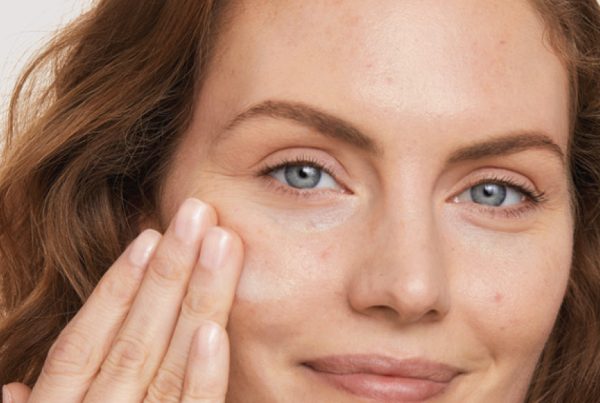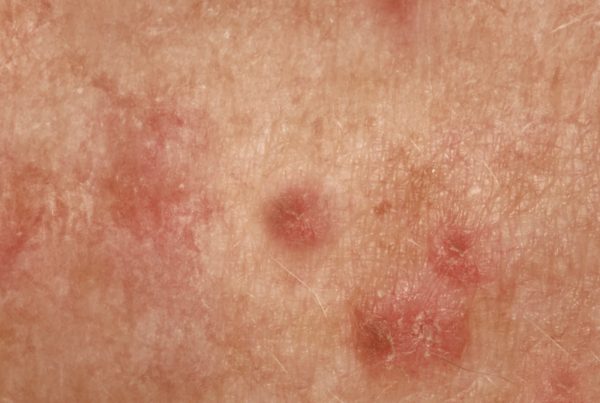
It has been a long time since I was in a nightclub, but you never forget the way the lights pick up your freckles. You can look positively infectious in this environment!
This is a practical demonstration on the way melanin in the skin absorbs UV and blue light. Melanin actually forms clusters around the DNA in the nucleus of our skin cells protecting it like bodyguards around a gangster!
Unfortunately, many of us are born with very little protection and our skin suffers with sun exposure.
Mottled and irregular pigmentation in the skin is a sign of UV damage and photo-ageing. Think of the Queen. Her skin shows age but no pigmentation – indeed natural pigment decreases in the skin with age.
But we get out of the palace a bit more than she does, and develop lentigines (flat irregular pigment spots), seborrhoeic keratoses (raised sometimes warty pigmented papules), naevi (moles), and melasma (hormonal pigmentation).
 |
 |
 |
 |
So prevention, we need to can the tan…you know how! We recommend that you use some form of sun protection every day. This might be in your makeup if you’re indoors all day, an SPF 30+ as a moisturiser when you are in and out, or an SPF 50+ for outdoor activities.
Skin Resus can help treat the abnormal pigmentation too. Intense Pulsed LIght (IPL) is excellent for superficial pigmentation and large areas such as full face and decolletage. For focal pigment issues we use our Revlite laser – this targets melanin selectively and safely and is excellent for lentigines. Thicker pigment spots may need our Erbium laser or cryotherapy, and diffuse pigment such as melasma does best with our Fraxel laser.
And lest we forget, we must put on our vitamins! Whilst there is pretty slim evidence that taking vitamins by mouth has any use, topical (applied to the skin) vitamin A, C and B3 have a growing body of evidence to support their benefits to the skin for anti-ageing and reduction of pigmentation problems.





